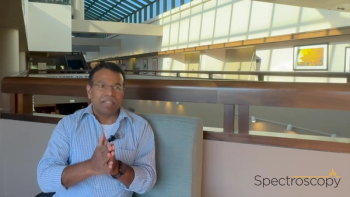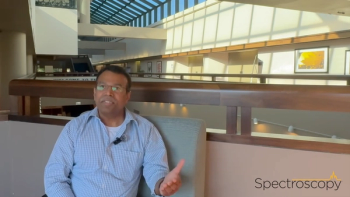
Mary Wirth Receives 2023 EAS Award for Outstanding Achievements in Separation Science
Professor Mary J. Wirth, W. Brooks Fortune Distinguished Professor Emerita at Purdue University, has been named the winner of the 2023 EAS Award for Outstanding Achievements in Separation Science.
Professor Mary J. Wirth, W. Brooks Fortune Distinguished Professor Emerita at Purdue University, has been named the winner of the 2023 EAS Award for Outstanding Achievements in Separation Science. This award is presented in recognition of significant individual contributions in the advancement of separation science by superior work in developing theory, techniques, or instrumentation. The award is to be presented at a special symposium, arranged in honor of the awardee, at the 2023 Eastern Analytical Symposium on Monday, November 13, at 9 am.
Professor Wirth received her bachelor’s degree in chemistry from Northern Illinois University, where she became fascinated by separation science while taking a graduate course from Joseph Pesek. She received her Ph.D. from Purdue University, working under the direction of Fred Lytle, where she learned to invent new instrumentation to investigate chemical phenomena. Wirth’s research interests have focused on understanding silica interfaces to advance chromatography, electrophoresis, and optical spectroscopy, for which she employed tools such as optical microscopy, atomic force microscope (AFM), scanning electron microscopy (SEM), solid-state nuclear magnetic resonance (NMR), Fourier transform-infrared (FT-IR), and single-molecule spectroscopy.
Her research has been recognized with awards that include the Spectrochemical Analysis Award from the ACS Analytical Division, the Gold Medal Award from the Society for Applied Spectroscopy, the Dal Nogare Award from the Chromatography Forum of the Delaware Valley, the Jubilee Award from the Chromatography Society (Europe), and the EAS Award for Outstanding Achievements in the Fields of Analytical Chemistry.
The program for the award ceremony is as follows:
- “Plenty of Room at the Top: From Atomic-Scale Surface Science to Materials for Human Health,” presented by Shelley Claridge of Purdue University, beginning at 9 am.
- “Drug Discovery Using Mass Spectrometry for Synthesis and Analysis,” presented by Graham Cooks of Purdue University at 9:30 am.
- After a 10 am break, “Interfacial Chemistry within Porous Chromatographic Silica – The Inside Story Revealed by Confocal Raman Microscopy,” presented by Joel Harris of the University of Utah, at 10:30 am.
- The symposium concludes with the presentation of Wirth’s award at 11 am, followed by her lecture, “Surface Science Underlying Protein Chromatography,” at 11:05 am.
Newsletter
Get essential updates on the latest spectroscopy technologies, regulatory standards, and best practices—subscribe today to Spectroscopy.





